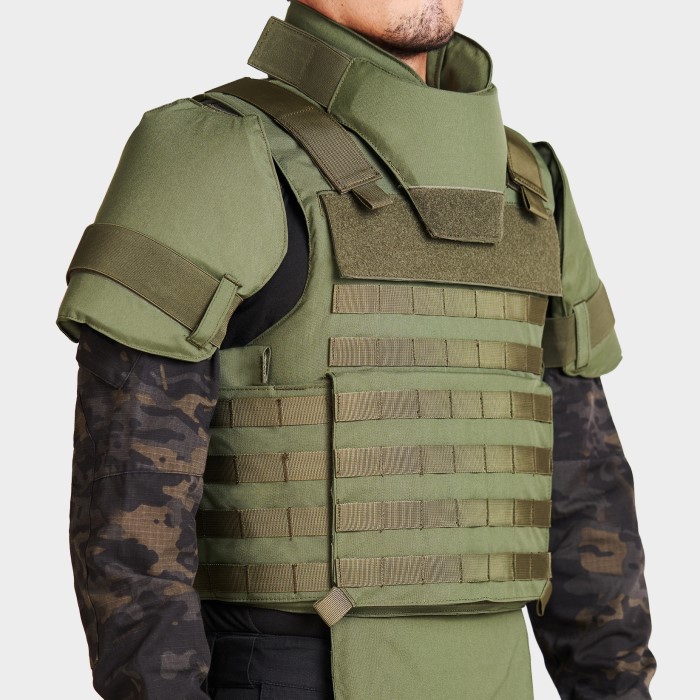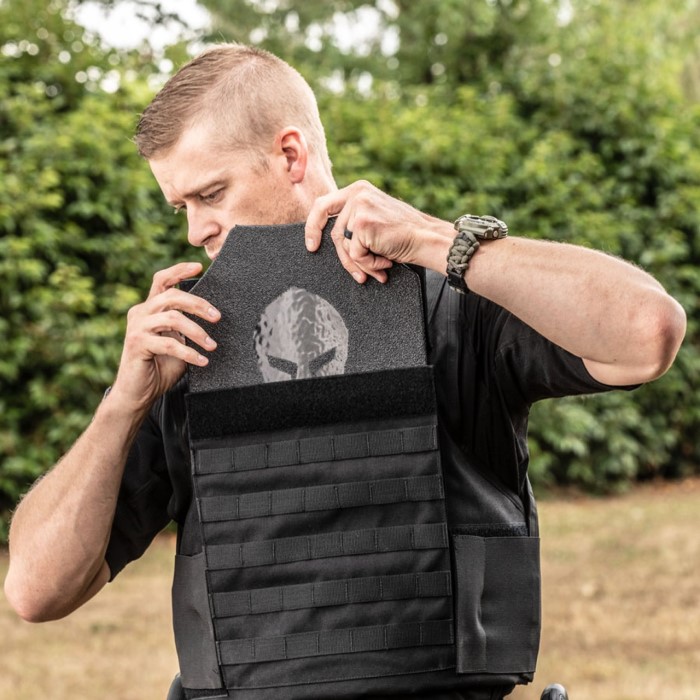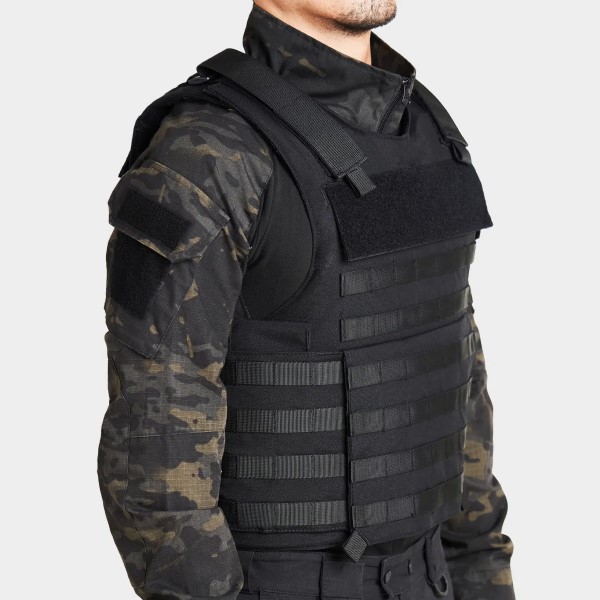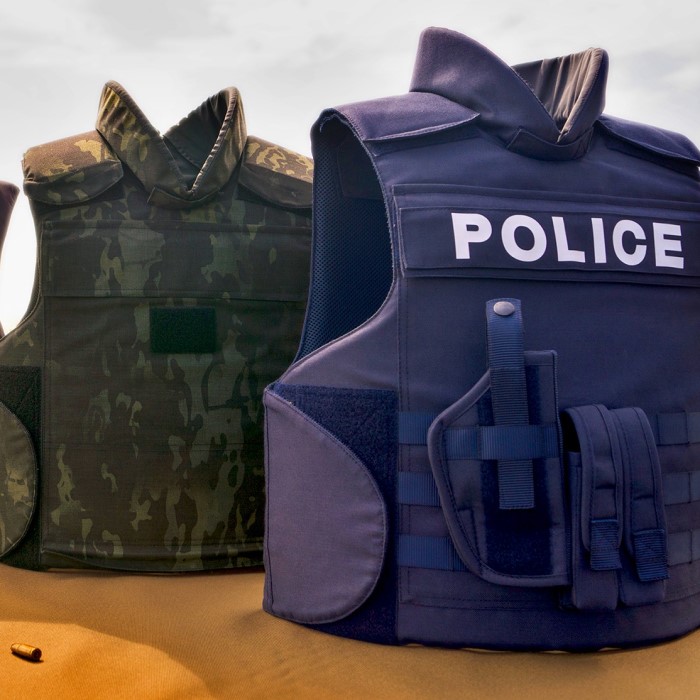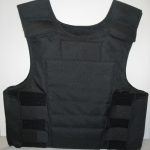Understanding the Weight of Bulletproof Vests
One of the prominent questions among law enforcement professionals is how heavy are bulletproof vests? This question is essential, as the weight of a bulletproof vest can significantly affect comfort, mobility, and the overall operational effectiveness of an officer. Bulletproof vests are designed to absorb bullets and reduce the risk of serious injuries, which is crucial for individuals who frequently face dangerous situations. However, they come in various weights depending on the level of protection required and the materials used in their construction.
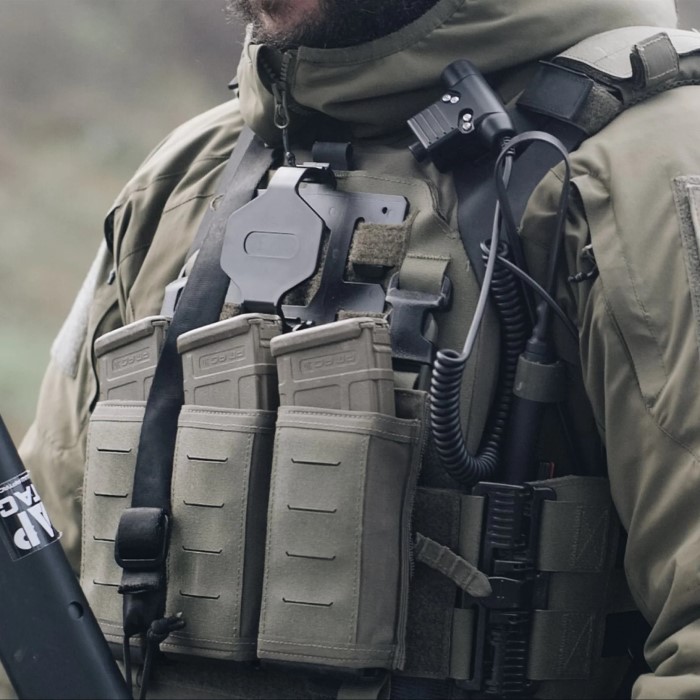
Typically, bulletproof vests weigh anywhere from 2.5 pounds for lighter, soft vests, up to more than 20 pounds for heavy-duty hard armor models. The variation in weight is influenced by several factors, including the type of materials used, the intended use of the vest, and the protection level it provides. An informed decision about which vest to wear can greatly enhance a law enforcement officer’s performance while ensuring adequate protection.
Factors Influencing the Weight of Bulletproof Vests
Understanding the complexities of how heavy are bulletproof vests involves recognizing the various factors that contribute to their weight. Here are some key elements that influence the overall weight of bulletproof vests:
1. Material Composition
The types of materials used in manufacturing bulletproof vests play a significant role in determining their weight. Common materials include:
Kevlar
- Material Composition: Kevlar is a synthetic fiber known for its exceptional strength and durability. It is engineered specifically for use in body armor due to its ability to absorb and dissipate energy from bullets and other projectiles.
- Weight and Flexibility: One of the standout features of Kevlar is its lightweight nature. Vests made with Kevlar typically weigh between 4 to 10 pounds. This low weight is beneficial for law enforcement professionals, as it allows for greater mobility and comfort throughout long shifts.
- Applications: Because of its flexibility, Kevlar can conform easily to the body’s shape. This ensures that it provides adequate protection without compromising the wearer’s range of motion, which is critical during high-stress situations.
Polyethylene
- Material Properties: Polyethylene is another material commonly utilized in soft body armor. It is a type of plastic known for its high strength-to-weight ratio, making it an ideal candidate for lightweight protective gear.
- Weight Comparison: Like Kevlar, polyethylene vests typically have similar weight profiles, generally ranging from 4 to 10 pounds. This similarity allows users to benefit from effective ballistic protection without the burden of excessive weight.
- Performance Features: Polyethylene vests are resistant to moisture and are less prone to damage from environmental conditions. This durability is particularly advantageous for law enforcement officers working in various weather conditions.
Steel or Ceramic Plates
- Material Composition: Hard armor plates are constructed from either steel or ceramic materials. Steel plates offer robust protection but can be heavy, whereas ceramic plates provide effective shielding while being somewhat lighter than their steel counterparts.
- Weight Contribution: These hard armor plates are significantly heavier compared to soft body armor options. They can add anywhere from 5 to 15 pounds to the overall weight of the vest, depending on the specific type and thickness of the plates used.
- Use Cases: The added weight of steel or ceramic plates is often justified by the increased level of protection they provide. Officers operating in high-risk situations, such as tactical missions, often choose to wear these plates, understanding that the extra weight enhances their safety against higher-caliber threats.
- Balance Between Protection and Mobility: Officers must carefully weigh the benefits of hard armor plates against the potential decrease in mobility, especially during prolonged periods of wear. While these plates enhance protection significantly, they can limit agility if not chosen appropriately based on operational needs.
2. Type of Armor
Different types of armor offer varying levels of protection, influencing their weight.
- Soft Body Armor: Soft vests are generally lighter and designed to stop lower-caliber rounds such as those from handguns. They are most suitable for routine patrol duties and typically weigh between 4 to 10 pounds.
- Hard Body Armor: This type is designed to stop rifle rounds and is often equipped with removable plates. Consequently, ballistic plates increase a vest’s total weight, pushing it from around 10 to over 20 pounds, depending on the number of plates used.
3. Intended Use
The specific duties and situations officers may face will dictate the type of vest they choose. For example, an officer assigned to regular patrol duties might prefer a lightweight vest for increased mobility. Conversely, an officer in high-risk environments, such as SWAT teams, may opt for heavier body armor for maximum protection.
Different Types of Bulletproof Vests
Knowing how heavy are bulletproof vests also means understanding the various types of vests available. Each category serves distinct purposes and comes with unique features:
1. Soft Body Armor Vests
Soft body armor is lightweight and comfortable, as they are ideal for activities such as patrolling or traffic stops. These vests can effectively stop low-caliber handgun rounds while providing flexibility. Weights typically range from 4 to 10 pounds. Although they are the first choice for everyday wear, they do have limitations when it comes to stopping higher-caliber threats.
2. Hard Body Armor Vests
Hard armor vests come equipped with rigid plates that offer superior ballistic protection against rifle rounds. These vests are bulkier and heavier, often exceeding 20 pounds. Their design allows for the removal of plates, enabling law enforcement personnel to adjust weight based on specific mission requirements.
3. Plate Carriers
These vests are versatile and designed to carry hard armor plates, along with tactical gear such as ammunition and communication devices. The weight depends on the style and amount of equipment attached, making them adaptable for various scenarios.
4. Tactical Vests
Tactical vests are structured for heightened functionality. While they might not provide the same level of ballistic protection, they are equipped for tasks requiring various pouches, making them ideal for specific missions. Their weight can significantly vary due to the gear added to them.
Assessing Impact on Mobility and Performance
When assessing how heavy are bulletproof vests, law enforcement professionals need to consider how weight impacts mobility and overall performance. In high-stress situations, mobility is the key to effective response and sustainability. A vest that is too heavy can hinder an officer’s agility and stamina, rendering it less effective during operations.
A balance must be struck between protection and practicality. For example, during a routine patrol, an officer might favor a lightweight vest that complies with NIJ (National Institute of Justice) standards for flexibility. However, in environments where high threats are anticipated, heavier vests with hard armor plats are essential.
Innovations in Bulletproof Vest Technology
As technology evolves, the development of lighter and more effective materials in body armor construction is significant. New innovations involve using advanced composites and lightweight polymers like ultra-high molecular weight polyethylene (UHMWPE), which offers significant protection while being lighter than traditional materials. These innovations allow law enforcement officers to experience improved mobility without compromising safety.
Additional technologies include:
- Integrated Cooling Systems: Some modern vests feature cooling systems to enhance comfort during prolonged wear in hot conditions.
- User-Friendly Designs: Adjustable straps and quick-release mechanisms are now common to facilitate faster donning or removal of vests when needed, improving response times.
FAQs about the Weight and Effectiveness of Bulletproof Vests
How Much Does a Bulletproof Vest Weigh?
The weight of bulletproof vests varies by type. While soft vests weigh approximately 4 to 10 pounds, heavy-duty models with hard plates can exceed 20 pounds.
Can a Bulletproof Vest Stop an AK-47?
Most standard bulletproof vests are not designed to withstand high-caliber rounds like those from an AK-47. Higher-level armor rated at Level III or IV is required for that level of protection.
Is a 20 lb Weighted Vest Too Much?
A 20 lb vest may be excessive for general wear. Law enforcement professionals often find it beneficial to stay around 10 to 15 pounds for regular use during patrols, balancing weight and mobility.
Can a Knife Cut Through a Bulletproof Vest?
While bulletproof vests are intended to protect against ballistic threats, they typically lack stab resistance. A knife may penetrate a vest designed solely for ballistic protection.
Final Thoughts
In conclusion, understanding how heavy are bulletproof vests is crucial for law enforcement officers tasked with selecting the right protective gear for their needs. The weight of these vests can influence many aspects, from mobility to protection levels. By actively evaluating factors such as material composition, intended use, and technological advancements, officers can make informed choices that enhance their effectiveness on the job. As innovations in body armor continue to evolve, having access to better, lighter options equips officers with the tools they need while ensuring safety and agility. Making educated choices in body armor ensures that law enforcement professionals can protect themselves while effectively serving their communities.
